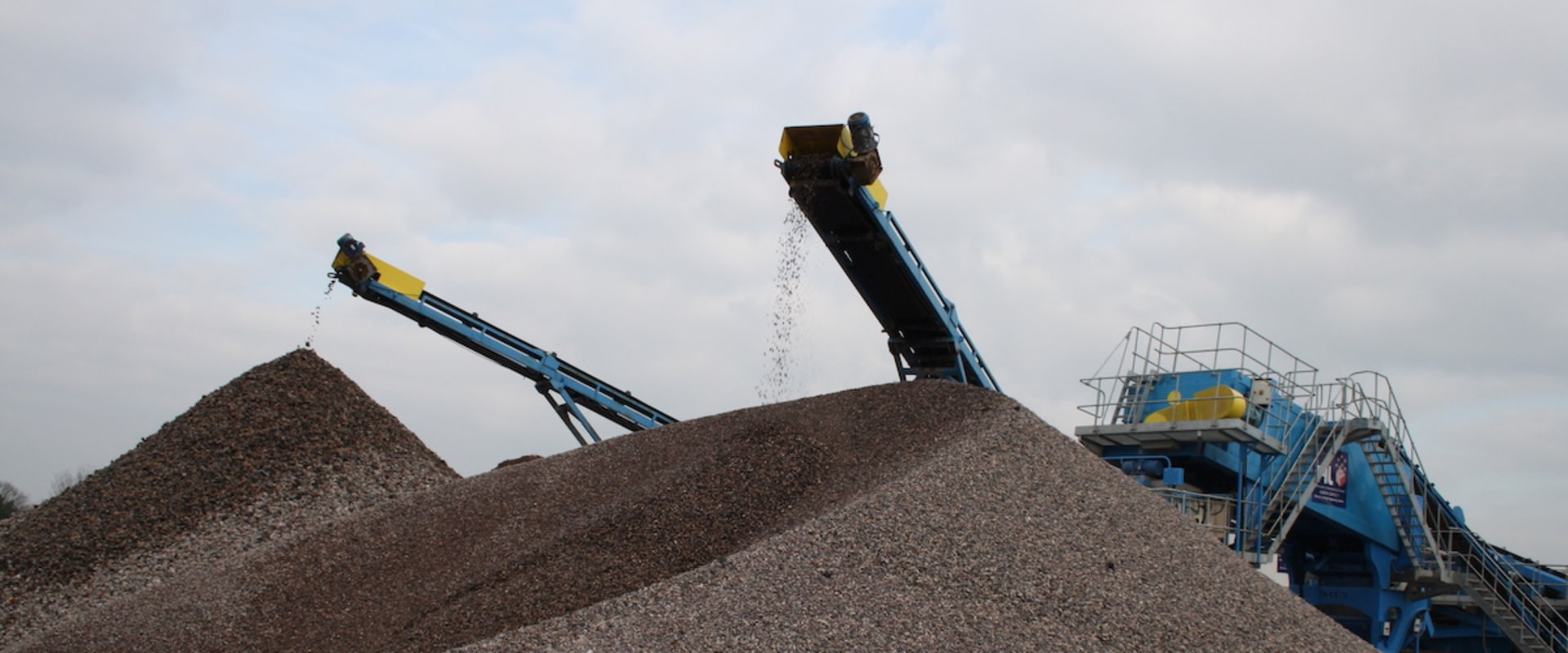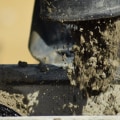Aggregates are an essential component of building and construction, used to mix with cement, bitumen, lime, gypsum or other adhesive to form concrete or mortar. The aggregate provides bulk, stability, wear or erosion resistance, and other desired physical properties to the finished product. In general, construction aggregates are used to provide drainage, fill voids, protect pipes, and create hard surfaces. They are also used in water filtration and wastewater treatment processes. Water will seep through a ditch filled with aggregates more quickly than through the surrounding soil, allowing surface water to drain from an area.
This technique is often employed along roads to disperse water collected from the asphalt surface. Additionally, aggregate materials help make concrete mixes more compact and reduce the consumption of cement and water while contributing to the mechanical strength of concrete. Large, solid and coarse-grated particles of aggregate form the basic structural elements of concrete. The gaps between the larger coarse-aggregate particles are filled with smaller particles. The gaps between the smaller particles are filled with even smaller particles.
Finally, the voids between the smaller coarse-grained aggregate particles are filled with the larger fine aggregate particles. In turn, the voids between the larger fine aggregate particles are filled with smaller fine aggregate particles, the voids between the smaller fine aggregate particles are filled with even smaller particles, and so on. Finally, the gaps between the finer grains are filled with cement. You can see from this that the better the aggregate is classified (that is, the better the particle size distribution), the more solidly all the voids will be filled, and the denser and stronger the concrete will be. There are many reasons why we use aggregates in concrete; perhaps one of the biggest is cost ratio.
Using aggregate as filler can help concrete producers save big money as cement usually costs seven or eight times more than stone and sand. Cement is necessary but strength can still be preserved when using well-graded aggregates that cost significantly less. Aggregates represent 60-80% of the concrete volume and 70-85% of its mass. It is unlikely that you will find any building that will be built without using aggregates. One of their most important roles is in concrete mixtures where they provide a rigid skeletal structure and reduce the space occupied by cement paste. These characteristics make aggregate materials an indispensable ingredient when it comes to building and maintaining roads, sidewalks, parking lots, airport runways, railroads, and a variety of buildings and highways.
It is usually supplied in one of two main forms: prefabricated (blocks, tiles, pipes, bridge beams, flooring systems) or premixed as a ready-to-pour liquid paste. The American Society for Testing and Materials publishes an exhaustive list of specifications including ASTM D 692 and ASTM D 1073 for various construction aggregate products which by their individual design are suitable for specific construction purposes. This polystyrene which is otherwise destined for landfill is collected melted mixed reformulated and expanded to create low-density aggregates that maintain high strength properties under compressive loads. However materials that are suitable for use as aggregates can also be used to make other products so industrial and other uses amounted to 6% the rest being divided between mortar manufacturing (4%) glass (1%) and use in agriculture (1%).




Leave a Comment